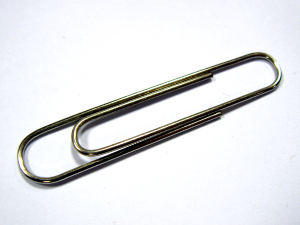Even though I celebrated the huge milestone of 5 years of remission this year, cancer just keeps right on giving.
There are a handful of things we keep a very close eye on per my oncologist. Two months ago, I experienced a trifecta of my most concerning lymphoma relapse indicators: back pain lasting a month, a handful of drenching night sweats, and general fatigue.
Although my oncologist had cleared me of any additional remission checks, these symptoms got me promptly into a CT machine, the lab for bloodwork, and his exam room.
Thankfully, the CT scan, blood work, and exam confirm I’m still in remission. No lymphoma! Thank God!
They did, however, find an anomaly that would explain the back pain. The CT scan revealed a separation in the left titanium rod that holds my lower back together.

Last week, I was rushed in for more x-rays and to see an orthopedic surgeon. I learned that because of the chemo following my back surgery 5 years ago, the spinal fusion never fully took. The whole idea was that the metal hardware was just in place (like a cast on a broken arm) to stabilize my back while the bone graft healed and took over. That the titanium rod has snapped into two pieces means the fusion has not healed (stunted due to the chemo) and that I’ve been counting on those screws and rods to keep my back stable this whole time. Although titanium seems strong, if there is movement, the metal eventually fatigues and breaks (like bending a paperclip over and over until it finally lets go). The surgeon said that this is very common in chemo patients and that 5 years is actually a pretty long time for this hardware to have lasted under these conditions. Many get only 2-3 years out of it. He also said that it was nothing I did that caused the rod to break. There was no catastrophic event, lifting anything heavy, cycling, or anything like that. One day, like the paperclip, it has just become so weak from small bending over time that it gives up and lets go.

I have been presented with 3 options:
- Invasive surgery: They would go in through my belly to access the front of my spine and insert a cage to further stabilize the situation. This has the highest risk of complications and futher nerve damage impacting my quality of life.
- Less invasive surgery: The rod can be replaced. They would access the rod through my back, remove 3 set screws, and replace the rod. It’s still a back surgery, but it is much lower risk for losing any additional nerve function. It may also only last 2 to 3 to 5 years before breaking again though.
- Do nothing: As long as the pain is manageable, doing nothing is an option (and a low risk one). This is the path I have chosen (at least for now). If the pain becomes chronic and unbearably impacts my quality of life, we will have to make a different decision and replace the rod.
This is not the news I wanted to get at this stage in my cancer journey. I thought it was over. I was done with all this doctor stuff and happy to move on scarred but pain-free and cancer-free. It is better than hearing I have cancer again, but this was not an outcome or risk I was even aware could happen. I was completely blindsided. My surgeon put it in perspective when he simply said “yeah, but you don’t have cancer.” There is truth in that. Five years ago when I was in the fight, if you had asked if I would tolerate chronic back pain or multiple surgeries over my life to survive the cancer, I would have absolutely said yes. Coming out of the blue now is an incredible disappointment but it is not the end of the world. God’s not finished with me yet. I’ve had some time to doubt and think and mourn now. I’m ready to jump back into the fight with the reminder that I am alive no matter what cancer continues to throw at me.